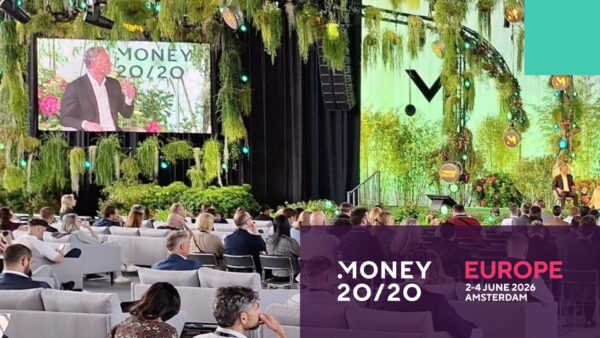Protecting vulnerable customers against the $1 trillion scam industry
At Edinburgh’s Museum on the Mound, visitors exploring the “story of money” can view Scotland’s oldest bank note as well as a million pounds in cash.
Situated in the historic Bank of Scotland Head Office just around the corner from Adam Smith’s statue, these money museum visitors are also encouraged to have a go at cracking into a safe.
Fast forward to today, and a staggering amount of people are having their money stolen. Not from safes, but from scams. Over $1 trillion is lost to scammers worldwide each year, and in the UK, 40% of all crime now is represented by scams and fraud.
A couple of weeks ago, I joined a room of financial services industry figures in the hall directly above the Mound’s safe-cracking exhibit to discuss how to tackle this. Hosted by the Scottish Financial Enterprise (SFE), the Vulnerable Customer Summit turned out to be an eye-opener personally – as well as revealing the tough challenges faced by the industry.
First of all, what is a ‘vulnerable customer’?
The Financial Conduct Authority (FCA) defines this as “someone who, due to their personal circumstances, is especially susceptible to harm – particularly when a firm is not acting with appropriate levels of care.” This is affected by health, life events, resilience and/or capability.
According to the FCA, 44% of UK adults today are financially vulnerable. Yes, that’s right: not far off half the country is ‘especially susceptible’ to financial harm.
If that figure surprises you, you’re not the only one: underestimation was identified during the session as a key issue in the sector. In fact, over half of surveyed firms admitted they find it difficult to record the scale and nature of vulnerabilities.
This already high number rises even more in later years, due to declining health and capabilities. Underestimation raises its head here again, with a large chunk of these 60+ consumers saying they don’t feel vulnerable, despite what their characteristics might say. Many state that difficulties are less to do with them, and more to do with the system or the provider (who don’t always make interactions easy).
And that’s the other key challenge facing financial service firms: ensuring vulnerable customers understand communications. As one insurer put it, “we would like it to be simple, concise and easy to do business with us”. For any of us, ‘simple’, ‘concise’ and ‘easy’ wouldn’t be the go-to adjectives to describe the process of taking out a policy.
By the end of the day, the vulnerability challenges facing the industry were clear:
- More and more of us are getting scammed, eroding financial trust and breeding further vulnerability. According to Ask Silver (a new scam checker built natively into Whatsapp), 41% in the UK have been scammed within the last 5 years.
- There’s every chance this will rise further with ‘Google spoofing’, deep fakes and an ageing population. Plus, far from being more savvy, overconfidence and financial inexperience sees under 25s account for a quarter of purchase scam victims.
- Financial services firms struggle to record the scale of vulnerability, and lack a precise industry-wide definition of what it even is. How can you tackle a problem if you can’t measure or define it?
- Many of those who are susceptible to harm struggle with financial product and service design, as well as finding marketing and communications materials too complex.
Turning complex challenges into compelling solutions is what we’re all about at Rationale. And in particular, we specialise in doing this for clients operating in regulated markets.
The first stage of this is always to Define, where we work with our clients to conduct a situation analysis. Whether it’s looking at their audiences’ needs or mapping out market context, we understand the impact that comes from being curious and asking ‘WHY’. And we understand the challenges faced by our clients in the financial services industry.
We helped UBS, the world’s largest wealth manager, showcase sustainability and engage entrepreneurs by first conducting a thorough analysis and strategic review. Meanwhile, consultation, customer journey mapping and brand sentiment temperature checks informed a refreshed “Beyond the Obvious” identity and campaign for Mizuho Americas.
Whatever the challenge, and however complex, we find a way. Now where’s that safe?






